2 Prohibited Conduct

View All Modules

Foundational Elements

Prohibited Conduct

Interaction Guidelines

Organizational Response

Living Your Policy
Professor Alice Shalvi, “Repentance, Responsibility, and Regeneration: Reflections in Isaiah.”
Prohibited Conduct identifies and defines the behaviors that are not accepted in your organization. These include discrimination, harassment, bullying, other abusive behaviors, and retaliation. By articulating what constitutes unacceptable behavior, organizations can become safer, more respectful, and more equitable communal spaces and workplaces.
It is important to clearly define terms at the outset of your Policy so that all who interact with your organization share language and expectations about the range of prohibited behaviors. It is important not only to disallow prohibited behaviors but also to outline encouraged behaviors, which you will find in Interaction Guidelines. Your Policy thus contains the wisdom that, as Alice Shalvi says, allows us to root out injustice without shame or fear, two feelings that can undermine the creation of safe communal spaces.
This module helps you understand each of the key prohibited behaviors more deeply and guides you to draft your own descriptions of these behaviors for your policy, including illustrative examples. As you move through the sections of Prohibited Conduct and start drafting your Policy, you will consider legal requirements, your organization’s values, and your capacity to realistically implement desired policy.
Clarity around prohibited conduct enables us to take responsibility for the organizational culture we create and our expectations for every person who interacts with us.



